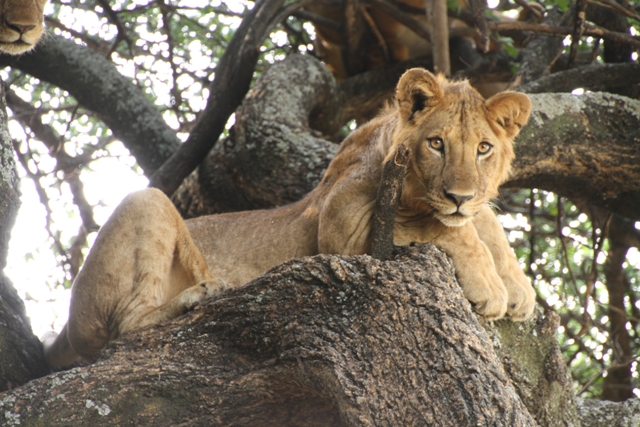By Rob Barbour: Zambia may not be top of most safari-goers list of destinations but the country offers an impressive list of possible adventures, activities and special places that should be considered when considering any trip to Africa.
Victoria Falls and the Lower Zambezi (both shared with Zimbabwe) and a wide range of beautiful and remote wildlife areas which arguably may be the home of the original walking safaris. I recently had the pleasure of spending time in Zambia where my clients were able to experience a range of activities from our first base at Livingstone close to the Victoria Falls, then South Luangwa National Park and finally the Lower Zambezi National Park. |
| Young elephant |
Victoria Falls and the Zambezi River themselves are incredible but when you consider the possible ways of seeing the area around Livingstone (walking, rafting, ultralight, helicopter, conventional vehicle or boat safari) you could conceivably spend a very active few days in the area. You can even see it upside down via Bungey with an 80 metre free fall, or upright by zipline across the river gorge, or swing from the river bridge. Just describing the options can be tiring!
Once beyond The Falls and into the wild areas you get a feel for the vastness of Zambia and the fact that there are still places where mass tourism is yet to find. We walked from one camp to another in the South Luangwa Valley. At one point having to walk between an inquisitive male lion to our right and a bull elephant to the left. Most of the time we were appreciating the smaller pleasures of birdsong, the tree blossom, the light and the chance to exercise.
 |
| Yellow billed stork feeding |
Once beyond The Falls and into the wild areas you get a feel for the vastness of Zambia and the fact that there are still places where mass tourism is yet to find. We walked from one camp to another in the South Luangwa Valley. At one point having to walk between an inquisitive male lion to our right and a bull elephant to the left. Most of the time we were appreciating the smaller pleasures of birdsong, the tree blossom, the light and the chance to exercise.
 |
| Canoeing on the Zambezi |
In the Lower Zambezi National Park the mighty Zambezi takes centre stage and many of the activities centre around the river. Game viewing by canoe and by boat, walking the incredibly picturesque riverine forest along the banks and catching tiger fish - Africa's premier freshwater flighting fish. Accommodation, food and lodging is generally in small intimate camps with excellent hosts and guides who are prepared to organise bush breakfasts and sundowner drinks followed by candlelit dinners on a boat while drifting down river. Each possibility adds to the vast variety of experiences that make a trip to Zambia so rewarding.
For more information on southern African experiences, or to connect with Rob directly, please do not hesitate to contact us.



















.jpg)
.jpg)
.jpg)
.jpg)
.jpg)



































